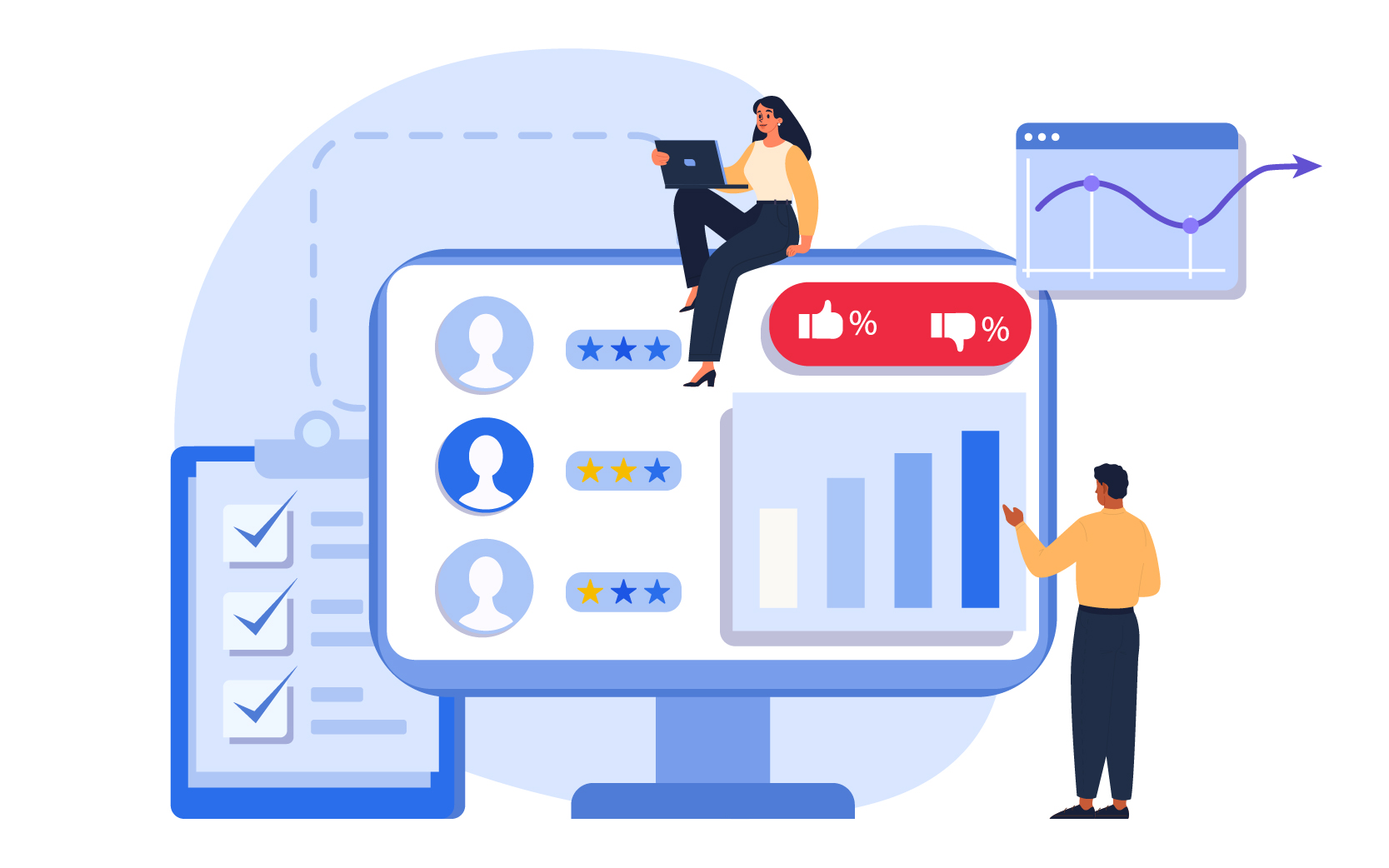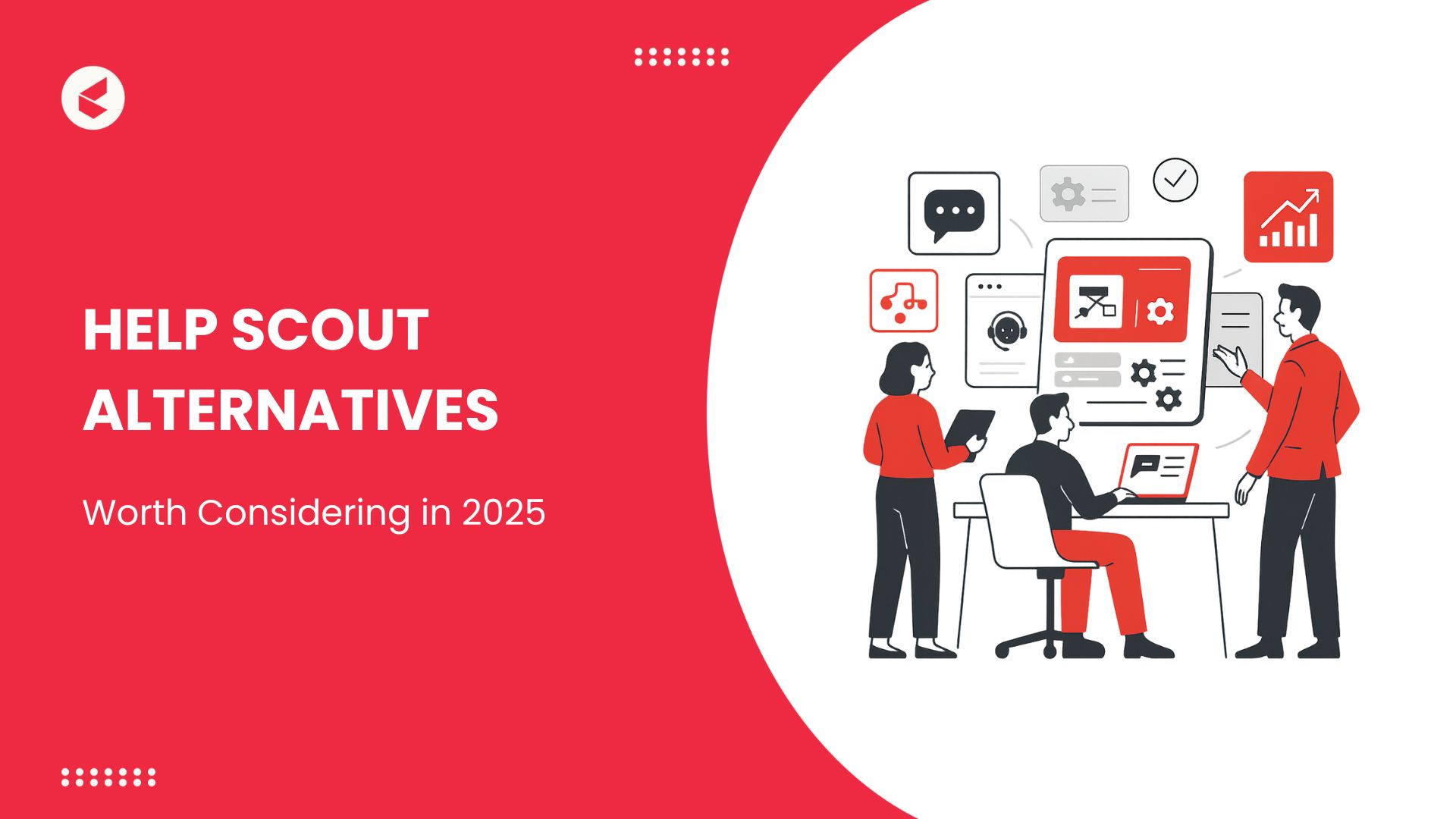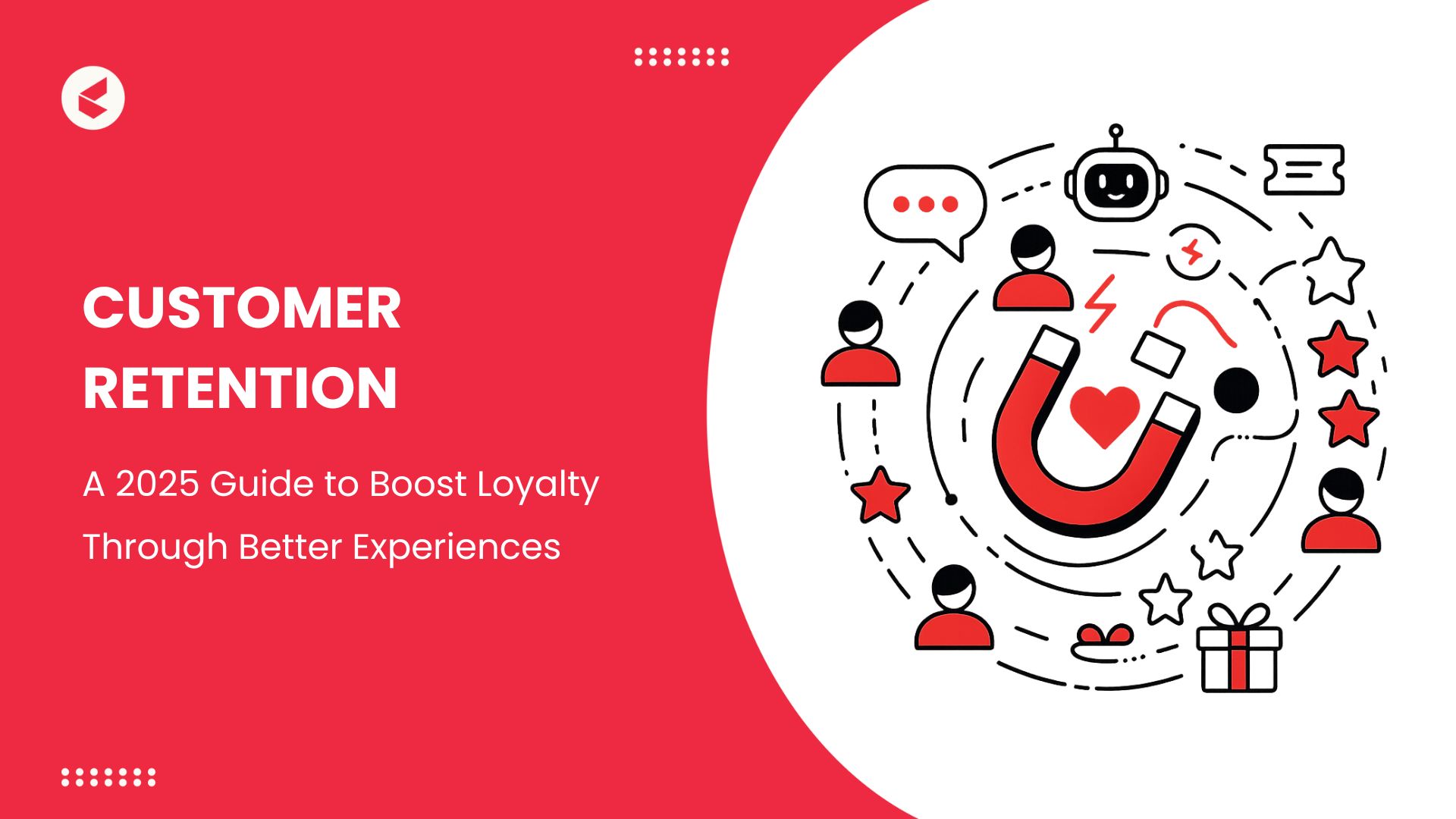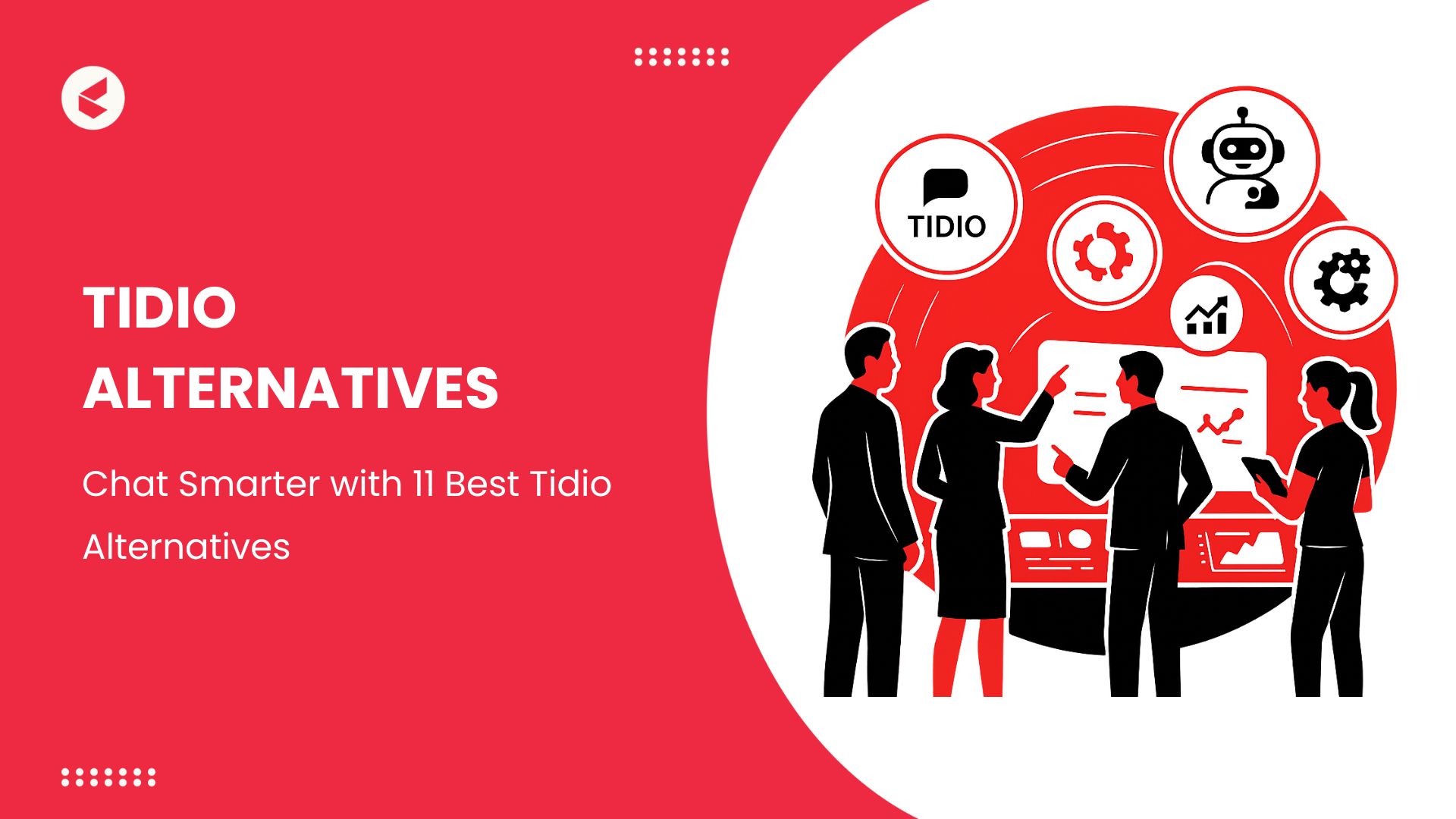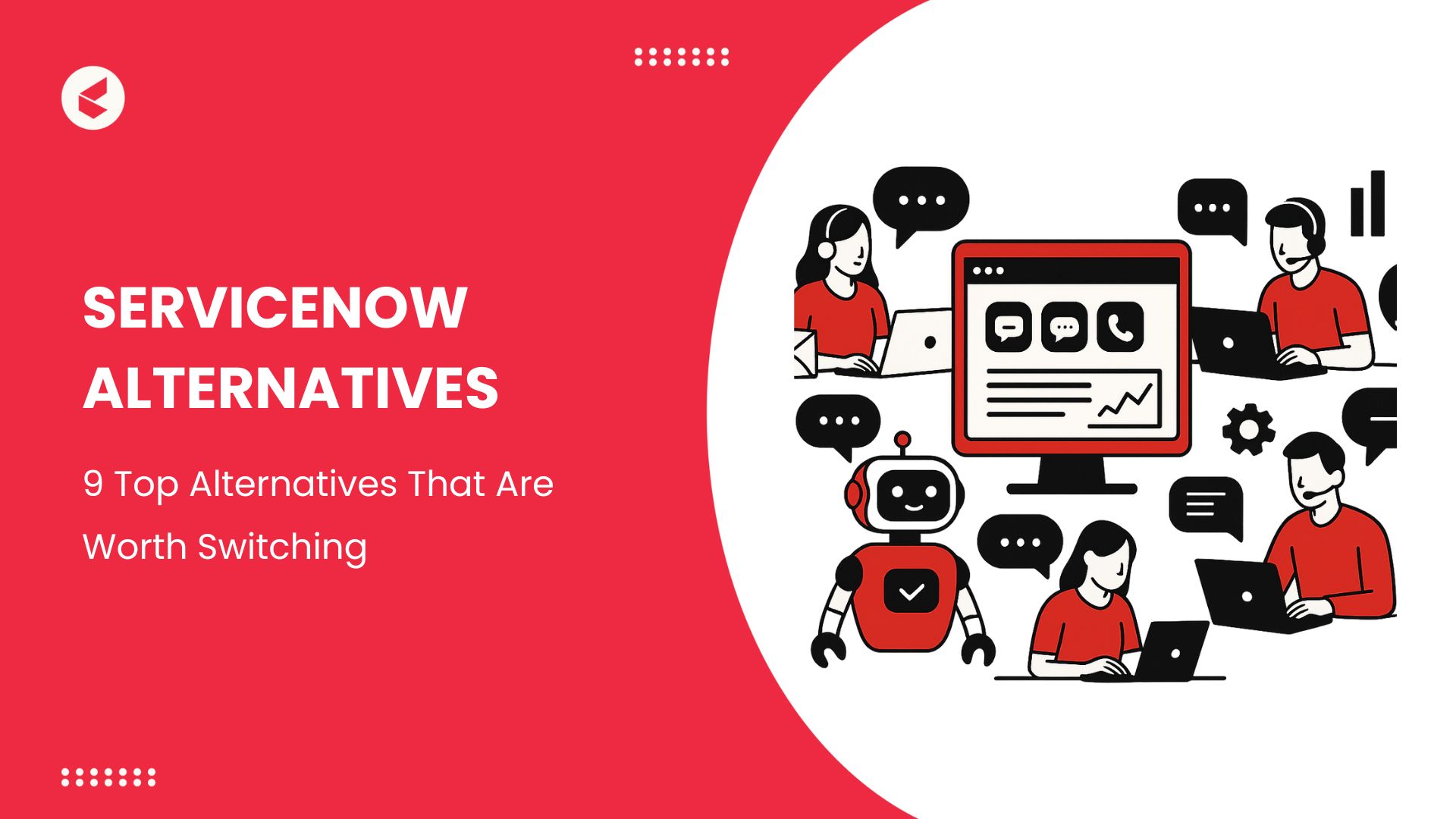Table of Contents
1. Widespread Adoption of Self-Serve
2. Emergence of CX as an Intelligence Hub
3. CX Automation – Look Beyond Savings
4. AI Automation Gains Wider Acceptance
5. Composable Architecture Valued Over Legacy Monoliths
6. Change Management for Agents/Employees & Customers
As consumer dynamics gradually shift towards e-commerce purchases, their preferences & expectations become more pronounced & detailed, and the customer experience & support functions of organizations need to adapt to these changing customer experience trends.
Today’s consumers are more informed, discerning, and demanding than ever before. With a plethora of options at their fingertips, they expect seamless, personalized experiences at every touchpoint. From product discovery to post-purchase support, every interaction is an opportunity to either delight or disappoint.
This heightened consumer scrutiny necessitates a fundamental shift in how organizations approach customer experience (CX). Customer support functions, once seen as a cost center, must now be viewed as a strategic advantage. By understanding and responding to the evolving needs and desires of the modern consumer, businesses can build lasting loyalty and gain a competitive edge.
Here are 6 Customer Experience trends we predict will have the most impact in 2025, and beyond
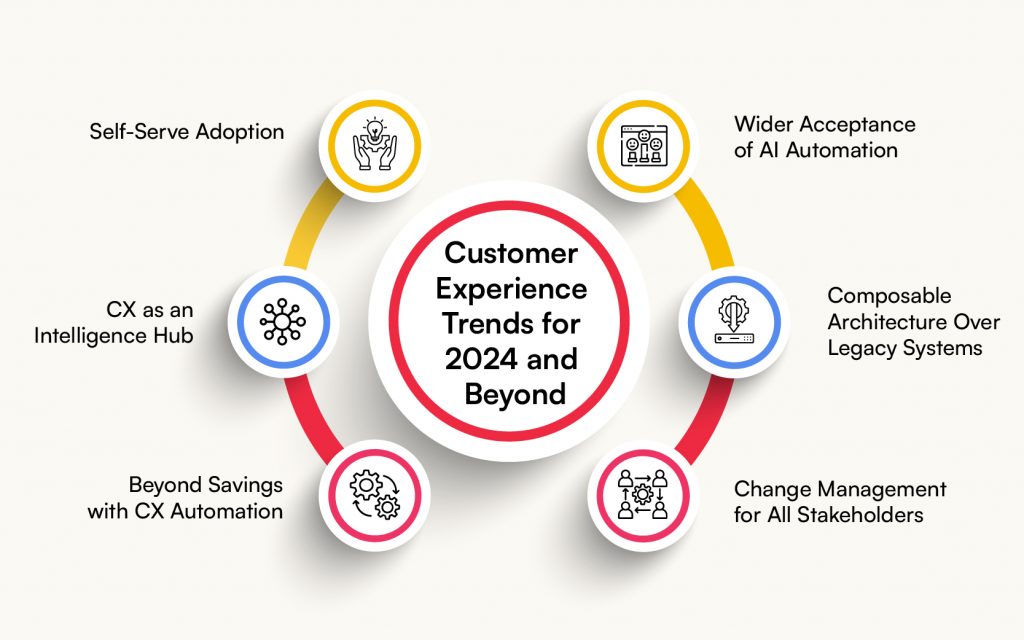
1. Widespread Adoption of Self-Serve
According to a recent Gartner study, Gen Z and millennial consumers prefer to use self-serve to resolve their customer service issues, rather than speak to a human agent.
38% of these new-age consumers also claim that they’d give up on a customer service issue if they can’t resolve it themselves.
This can potentially lead to loss in trust & preference for the brand. What’s worse for organizations, is that significant percentages of those surveyed said that in the absence of a ‘self-service’ option, they’d use the service or product less, wouldn’t buy from that company again in the future, or would say negative things about the company or product.
To ensure organizations effectively serve this demographic, robust self-serve capabilities are of paramount importance. A good self-serve application built incorporating FAQs, and organizational policies on refunds, returns, etc., can help deal with the most common queries and complaints, disposing of a major percentage of tickets without human intervention.
In 2025, we expect more and more organizations to deploy self-serve applications/interfaces, allowing tech-savvy consumers to help themselves, thereby reducing ticket volume and increasing retention, loyalty, and customer lifetime value.
2. Emergence of CX as an Intelligence Hub
Businesses collect a lot of data on their consumers today. Demographic data, purchase history, payment methods – the list seems endless.
Used well, these data can help construct a 360-degree view of each customer, enabling businesses to understand their preferences and buying habits better, helping personalize recommendations for future purchases, recommend reorders/renewals, etc., and customizing support parameters (channels, languages, timings of callbacks, etc.)
Due to a more complete understanding of consumers, businesses can develop specific retention strategies and, consequently, curb churn. Furthermore, with AI integrated into a business’ CX ecosystem, the extent and usability of insights will also increase.
In 2025, we expect to see a continued emphasis on CX as an intelligence hub, with businesses investing heavily in the technologies and strategies needed to unlock the full potential of hyper-personalization.
3. CX Automation – Look Beyond Savings
Traditionally, businesses have automated due to one major benefit – savings. Software, RPA, and AI all reduce the cost of doing business by reducing the need for a significant workforce, multiple levels of hierarchies, and complicated workflows, and do the same tasks faster & more accurately.
This does lead to savings and increased profits, but businesses need to examine the multiple other benefits they’d realize with a CX automation platform.
CX automation opens the door to new potential revenue streams and maximizes customer lifetime value. Organizations can nurture relationships, drive repeat purchases, and even upsell or cross-sell relevant products or services by automating personalized communications at every stage of the customer journey.
Additionally, CX automation enables businesses to scale their operations efficiently without compromising on the quality of customer interactions. Whether through AI-powered chatbots handling routine queries or automated marketing campaigns triggered by specific customer behaviors, companies can deliver seamless experiences that drive loyalty and advocacy.
In 2025, we anticipate a broader recognition of the strategic value of CX automation, with organizations leveraging these technologies to not only cut costs but also drive revenue growth and enhance customer satisfaction.
4. AI Automation Gains Wider Acceptance
With the Generative AI boom, millions of people were exposed to the increasing capabilities of a chatbot powered by robust LLMs.
Businesses can now leverage Generative AI to equip their service agents with real-time guidance and automated responses for efficient, high-quality customer interactions.
They can also avail of chatbots powered by Gen AI to deflect low-involvement queries and complaints, reducing tickets & boosting agent productivity.
AI enabled by pattern recognition, and analytics allow businesses to predict and process issues before they snowball into major problems. Businesses can also generate deeper analytics to unearth gaps in the backend service organization and address them quickly. Verticalized, contextual LLMs can help businesses overcome niche/specific challenges and provide a highly personalized customer experience.
In 2025, we foresee several pioneering businesses in their respective fields, opting for AI CX Automation, and setting an example of best-in-class customer experience.
5. Composable Architecture Valued Over Legacy Monoliths:
For decades, software providers have implemented their offerings, often in silos based on geography/function, etc. This results in isolated departments or business units, unable to collaborate or augment the quality of work. It also becomes a significant obstacle in trying to keep up with changing times and upgrading tech stacks.
Enter composability. Building solutions that can integrate with existing tech stacks, while allowing for future innovations & changes is paramount today, as SaaS permeates every layer of businesses.
In the context of Customer Experience, instead of being tied down to a single vendor’s offerings, businesses now have the freedom to select specialized tools that excel in particular areas, whether it’s analytics, customer engagement, or feedback management.
The value proposition is clear: by assembling a stack of best-of-breed solutions, organizations can create a tailored CX ecosystem that meets their unique requirements.
This not only improves the quality of customer interactions but also enhances operational efficiency by eliminating redundant features and streamlining processes.
In 2025, we anticipate a growing preference for composable architecture, with businesses reaping the benefits of a more agile and adaptable CX infrastructure.
6. Change Management for Agents/Employees & Customers
A shift in customer experience & support often entails changes in people, processes, and technology (P,P&T). People who deal with your customers, processes that your customers use to interact with your customer support, processes your service desk follows for ticket disposition, and technology acting as a conduit to bring together people & processes.
In the course of adopting these changes, it’s important to involve internal (agents/employees) and external (customers, primarily) stakeholders. A drastic change in P, P&T can cause dysfunction among both sets of stakeholders. This dysfunction can be more pronounced when the changes are as drastic as customers calling service operatives, to interacting with an AI chatbot or self-service widgets.
Good vendors ensure they play an integral part in educating both sets of stakeholders with easy UI/UX, comprehensive yet easy training & learning modules, and helpful AI assistants.
In 2025, successful organizations will prioritize change management as a strategic imperative, recognizing its role in driving adoption, engagement, and ultimately, loyalty among both employees and customers.
As we move further into 2025, the landscape of customer experience continues to evolve rapidly. The trends outlined above highlight the transformative changes businesses must embrace to meet the rising expectations of today’s consumers.
By adopting robust self-service solutions, leveraging CX as an intelligence hub, and fully utilizing the potential of CX automation and AI, organizations can create more personalized, efficient, and engaging customer journeys. Embracing composable architectures and prioritizing change management ensures that businesses remain agile and responsive to both technological advancements and shifting consumer dynamics.
At Kapture CX, we are committed to helping businesses navigate this dynamic environment. Our comprehensive suite of customer experience solutions is designed to empower organizations with the tools and insights they need to thrive.
From advanced AI-powered automation to seamless omnichannel integration, Kapture CX enables businesses to deliver exceptional customer experiences that foster loyalty and drive growth.
As we navigate the future of customer experience, one thing remains clear: those who prioritize and innovate in CX will be the ones to lead and thrive in the competitive landscape. Ready to elevate your customer experience?
Contact Kapture CX today to discover how our cutting-edge solutions can transform your CX strategy and set you up for success in 2025 and beyond.
Frequently Asked Questions
In 2025, customer experience will see AI expansion leading to more personalized and automated interactions. Omnichannel integration will provide seamless experiences across all channels, and enhanced self-service tools will empower customers to resolve issues independently.
AI Personalization: Advanced AI for tailored customer interactions.
Journey Mapping: Improved understanding of customer journeys.
Experience Metrics: Broader metrics beyond traditional KPIs.
By 2030, customer experience will be transformed by hyper-personalization, immersive interactions, and predictive service. AI will drive highly personalized experiences, while virtual and augmented reality will create engaging, immersive interactions. Predictive analytics will anticipate customer needs, enabling proactive enhancements to the customer journey.
Personalization: Tailoring interactions and offers to individual customer needs and preferences.
Consistency: Delivering a unified experience across all channels and touchpoints.
Empathy: Understanding and addressing customer emotions and needs.
Responsiveness: Timely and effective responses to customer inquiries and issues.
Simplicity: Streamlining processes and interactions to reduce customer effort.
Trust: Building and maintaining customer trust through transparency and reliability.
